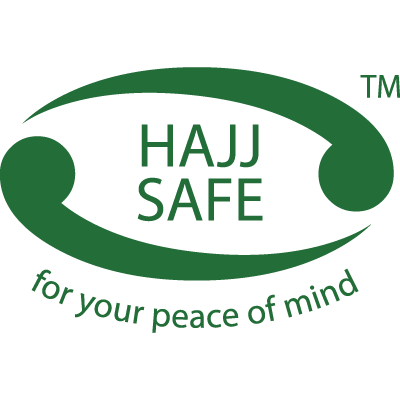As Muslims, many of us are familiar with iconic landmarks such as the Kabah in Makkah and Masjid an-Nabawi in Madinah. These sacred places hold a special place in our hearts. But beyond these, there are other significant sites connected to the life of the Prophet Muhammad ﷺ—sites that narrate powerful stories of faith, resilience, and perseverance.
Join us as we explore some key historic landmarks from the Seerah of our beloved Prophet ﷺ.
1. Cave of Hira: Where Revelation Began
Nestled on Jabal Nur near Makkah, the Cave of Hira is where Angel Jibreel (AS) revealed the first verses of the Quran to the Prophet ﷺ. Located 6 km from Makkah and 640 meters high, the hike to the cave is challenging but spiritually rewarding. Remember to carry water and be cautious, as monkeys inhabit the area. It was in this sacred cave that the Prophet ﷺ received the command to "Read," marking the beginning of his Prophethood.
2. Cave of Thawr: A Refuge of Trust
Situated on Jabal Thawr to the south of Makkah, this cave served as a sanctuary for the Prophet ﷺ and Abu Bakr (RA) during their hijrah to Madinah. Pursued by the Quraish, they hid in this cave for three days. Miraculously, a spider spun a web and a pigeon laid eggs at the cave's entrance, misleading the enemy and protecting the Prophet ﷺ. This site reminds us of unwavering trust in Allah during times of peril.
3. Taif: A Lesson in Forgiveness
Located east of Makkah, Taif is a city where the Prophet ﷺ sought support after facing persecution in Makkah. Despite being rejected and abused, he prayed for the guidance of its people rather than seeking revenge. Taif's story exemplifies the Prophet's ﷺ boundless mercy and unwavering commitment to spreading Islam.
4. Masjid Quba: The First Mosque
Built by the Prophet ﷺ shortly after his migration to Madinah, Masjid Quba is the first mosque in Islam. Located about 4 km from Masjid an-Nabawi, its original structure was made of mud bricks and palm trunks. The Prophet ﷺ said, “Whoever goes out to offer prayers in this mosque will have a reward equal to that of Umrah” (Sahih Tirmidhi). A visit to Masjid Quba is a spiritual experience that connects us to the early days of Islam.
5. Masjid Qiblatain: The Mosque of Two Qiblas
Masjid Qiblatain in Madinah holds a unique place in Islamic history. It was here that the Qibla was changed from Al-Quds (Jerusalem) to the Kabah in Makkah. This command was revealed during a prayer led by the Prophet ﷺ, and the Sahaba immediately turned their direction. The mosque stands as a symbol of obedience and unity in following Allah’s guidance.
6. Battle of Badr: A Victory of Faith
The Battle of Badr took place in 2 AH when the Prophet ﷺ and his companions, despite being outnumbered, defeated a powerful army from the Quraish. Key places to visit include Adwa Dunya, the sandy mountain where the Prophet ﷺ was stationed, and Masjid Al-Areesh, where he prayed during this historic conflict. It remains a powerful reminder of the triumph of faith over adversity.
7. Battle of Uhud: A Test of Resilience
Mount Uhud, near Madinah, was the site of this significant battle in 3 AH. Despite initial victory, the Muslims faced losses, teaching invaluable lessons in unity and obedience. At the foot of Mount Uhud lies the cemetery of 70 companions, including Hamza ibn Abdul Muttalib (RA), who sacrificed their lives. It is a place of reflection and inspiration.
8. Battle of Khandaq: The Strategy of the Trench
In 5 AH, the Battle of Khandaq took place in Madinah. The Muslims, led by the Prophet ﷺ, dug a trench to protect the city from a coalition of enemies. This innovative strategy demonstrated the power of intellect and faith in overcoming challenges. The area is now home to Masajid al-Saba, the Seven Mosques, which commemorate the battle.
9. Al-Hudaybiyah: A Treaty of Peace
Located 25 km from Makkah, Al-Hudaybiyah is where the Treaty of Hudaybiyah was signed between the Prophet ﷺ and the Quraish in 6 AH. Nearby lies the well of Hudaybiyah, where the Prophet ﷺ performed a miracle, causing water to flow. Today, it serves as a Miqat (entry point) for pilgrims, symbolizing the enduring message of peace and patience in Islam.
These landmarks are more than historic sites; they are lessons etched in time, carrying the spirit of the Seerah and the unwavering faith of the Prophet ﷺ. Each visit is a journey into the past, inspiring us to uphold the values of Islam in our daily lives.

